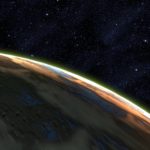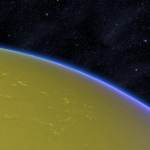System Specs:
- Stellar Mass: N/A Sol Masses
- Stellar Class: N/A
- Luminosity: N/A Sol
- Planets: 4
- Moons: 0
- Asteroid Belts: 1
- Asteroids: 1
- Objects: 0
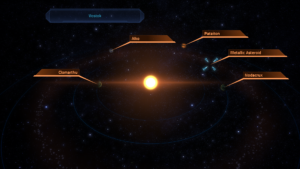
It is probably named for Lake Vostok, an Antarctic lake named in honor of the Vostok Program, a Soviet space program which resulted in the first manned space flight.
–
Planets Directory:
- Clomarthu
- Nodacrux
- asteroid belt
- Alko
- Pataiton
–
Clomarthu:
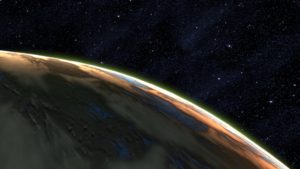
- Orbital Distance: N/A AU
- Orbital Period: 1 Earth-years
- Keplerian Ratio: N/A
- Radius: 6,028 km
- Day Length: 18.8 Earth-hours
- Atmospheric Pressure: 0.9 atm
- Surface Temp: 95 °C
- Surface Gravity: 0.9 g
- Mass: 0.798 Earth-masses
Clomarthu has a reducing atmosphere of methane and nitrogen. The surface is hot, and is mainly composed of sodium with deposits of uranium. In terms of size and orbit, Clomarthu could be Earth’s twin, but utterly lacks life.
–
Nodacrux:
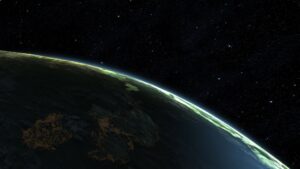
- Orbital Distance: N/A AU
- Orbital Period: 3.6 Earth-years
- Keplerian Ratio: N/A
- Radius: 5,988 km
- Day Length: 22.2 Earth-hours
- Atmospheric Pressure: 2.63 atm
- Surface Temp: 23 °C
- Surface Gravity: 0.9 g
- Mass: 0.787 Earth-masses
Nodacrux is a verdant world with abundant water, temperate climate, a thick oxygen-nitrogen atmosphere and a rich ecosystem. It would seem to be perfect for life. The relatively high percentage of oxygen makes humans feel energized and alive, though it has also allowed insect analogues to grow to frightful sizes.
Unfortunately, Nodacrux is a case of “almost but not quite.” Thunderstorms are as common as on Earth, but in Nodacrux’s thicker, oxygen-rich atmosphere, they are deafening and spark constant wildfires. More damning, however, are the large and ubiquitous tufts of pollen that float in the high-pressure air. In humans and other oxygen-breathing species, they cause severe or lethal allergic reactions.
–
Alko:
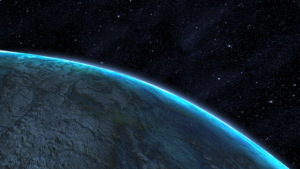
- Orbital Distance: N/A AU
- Orbital Period: 28.7 Earth-years
- Keplerian Ratio: N/A
- Radius: 4,949 km
- Day Length: 45.2 Earth-hours
- Atmospheric Pressure: 0.00 atm
- Surface Temp: −167 °C
- Surface Gravity: 0.5 g
- Mass: 0.299 Earth-masses
The geological properties of Alko have been scanned from orbit, but little else is known about it. A fairly typical mix outer terrestrial of rock and ice, Alko has a trace atmosphere of xenon and krypton. Its crust is composed of silicates and water ice with deposits of aluminum. Unregistered starship traffic has been recorded around the planet. Travel is not advised.
–
Pataiton:
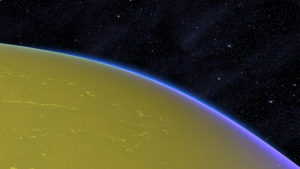
- Orbital Distance: N/A AU
- Orbital Period: 110.2 Earth-years
- Keplerian Ratio: N/A
- Radius: 16,622 km
- Day Length: 18.6 Earth-hours
- Atmospheric Pressure: N/A atm
- Surface Temp: N/A °C
- Surface Gravity: N/A g
- Mass: N/A Earth-masses
A rather small hydrogen-helium gas giant, Pataiton’s atmosphere contains large quantities of chlorine.
Survey Text
“Scans of Pataiton revealed a strange unmanned vessel in orbit around the planet. Tali brought it on board and determined it was asari-made, but very old. She discovered several ancient artifacts inside the vessel, including one of Matriarch Dilinaga’s writings.”
–
–
video

